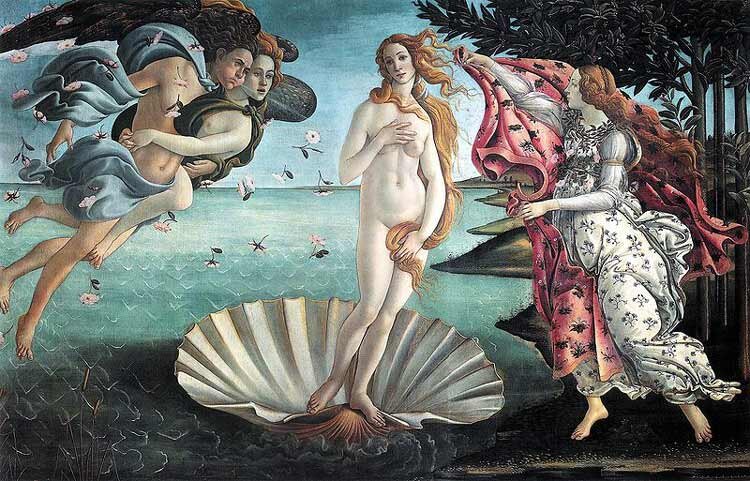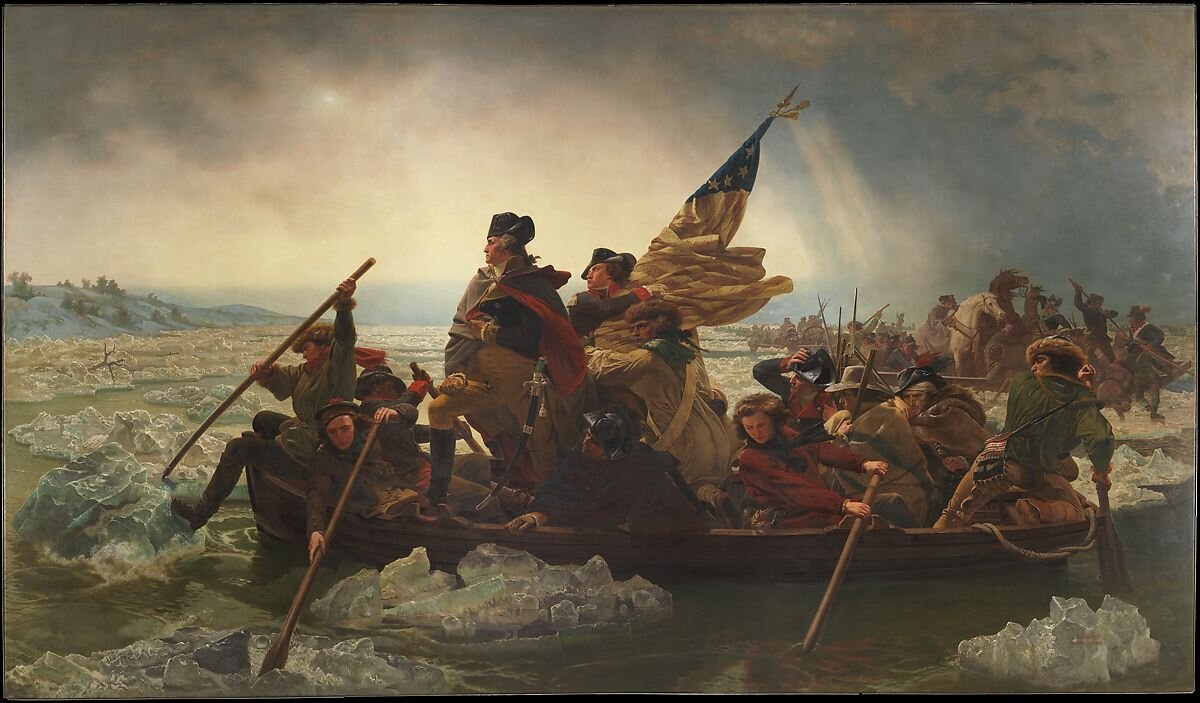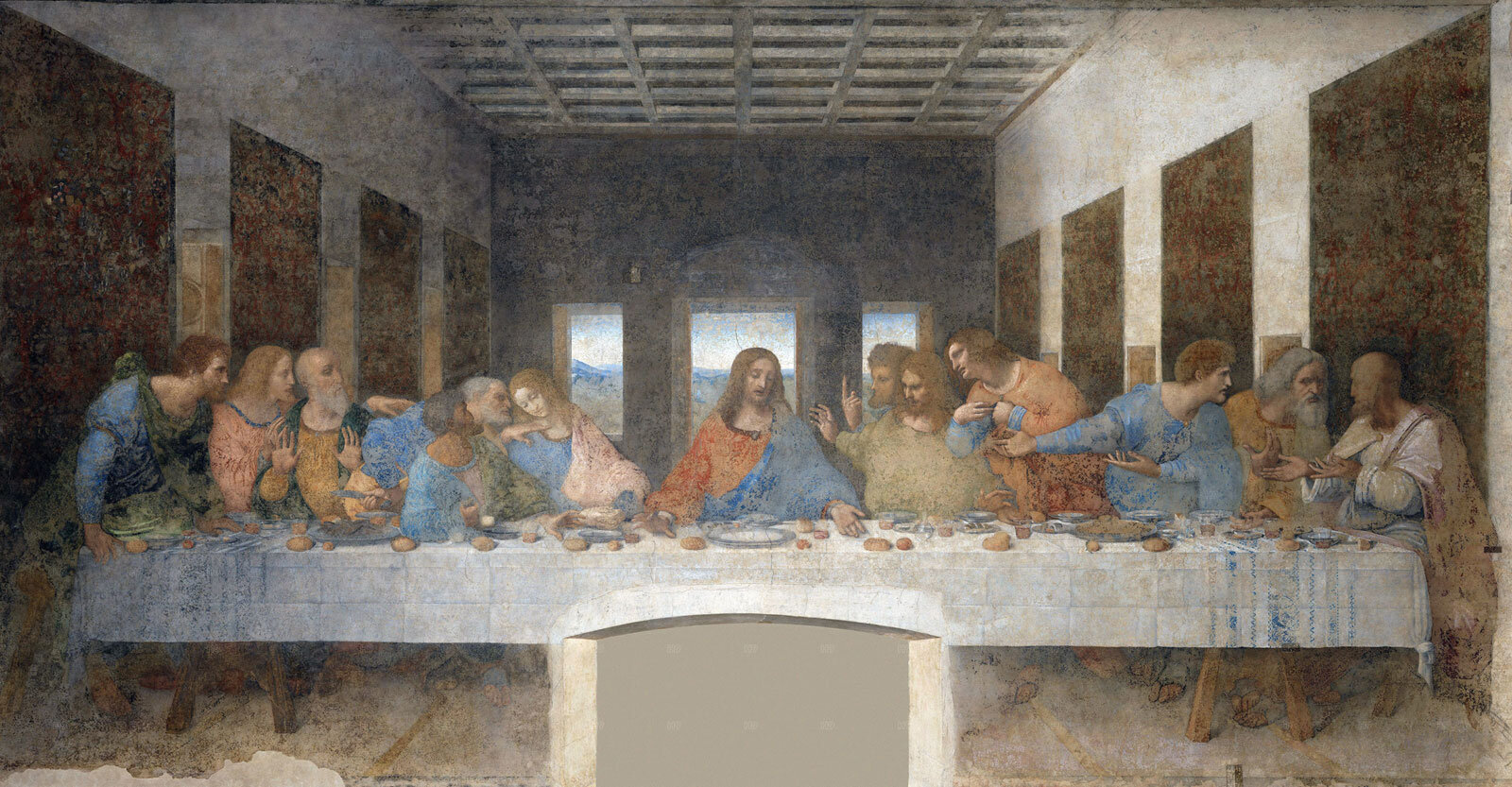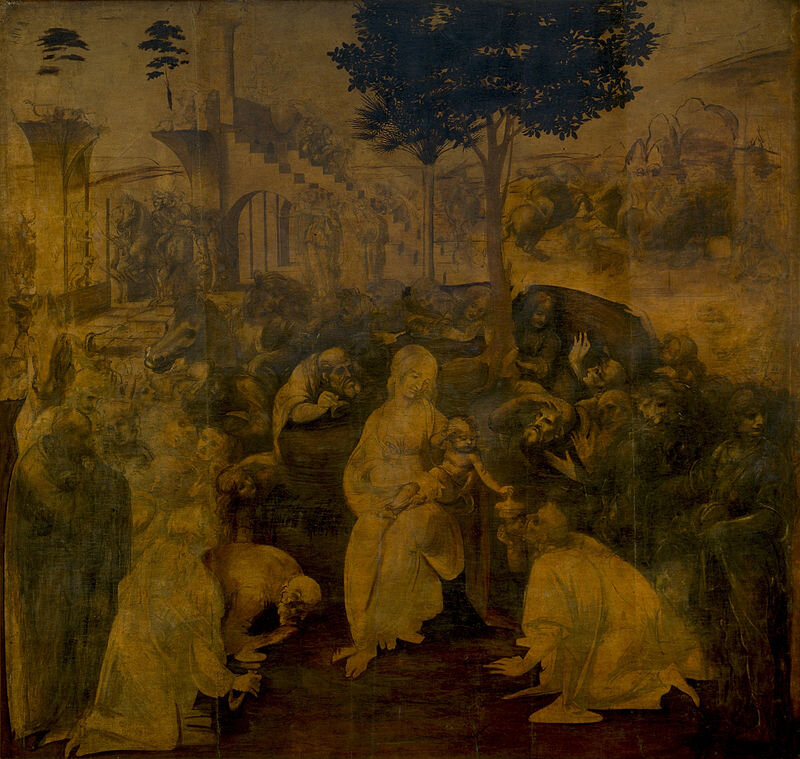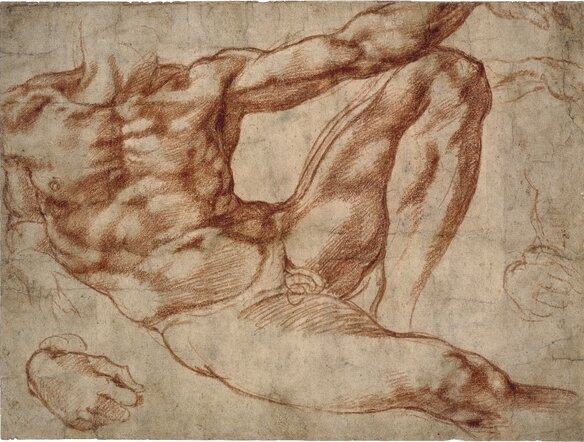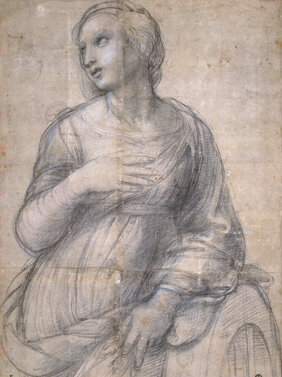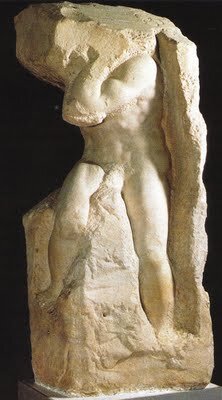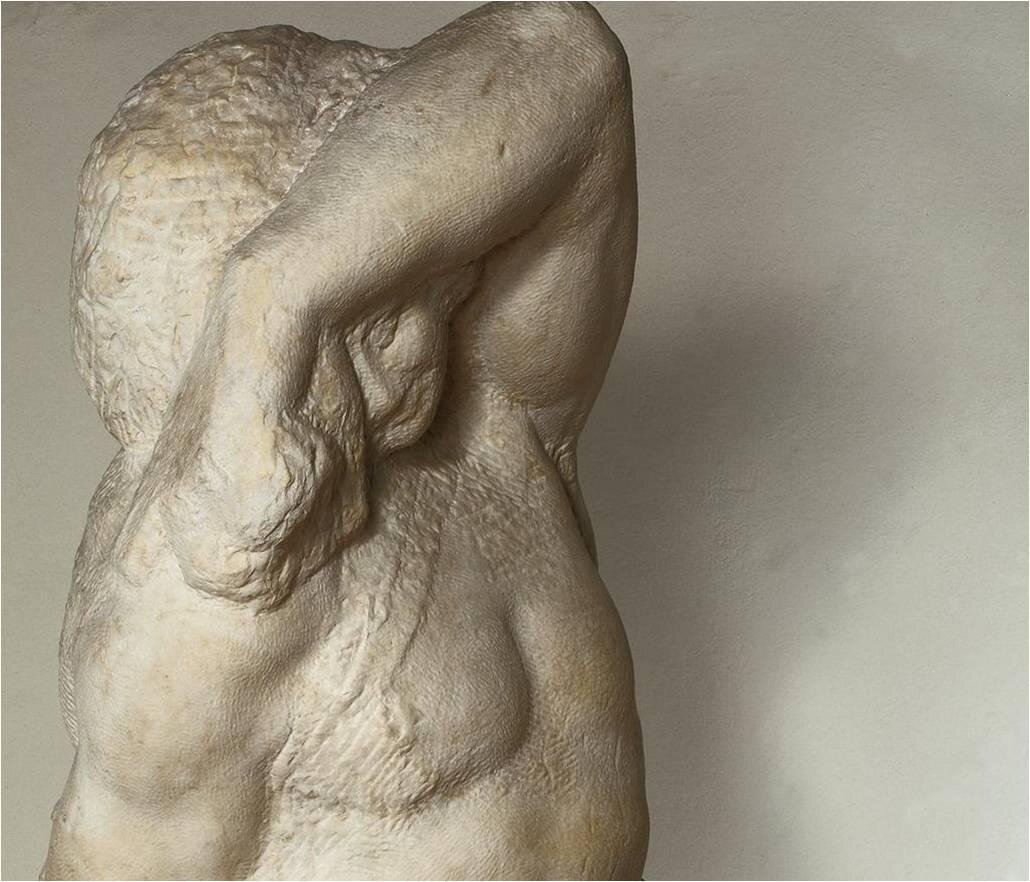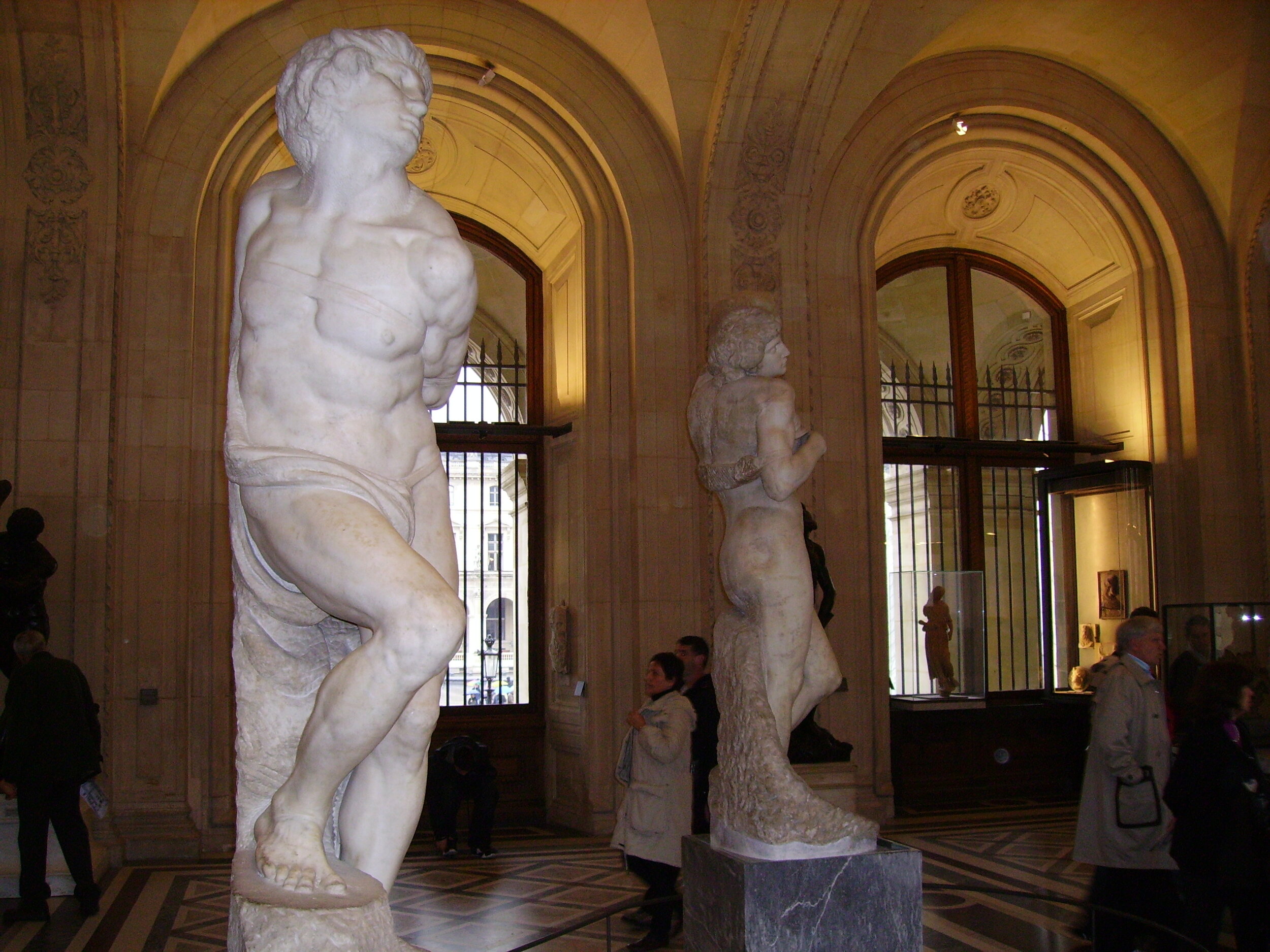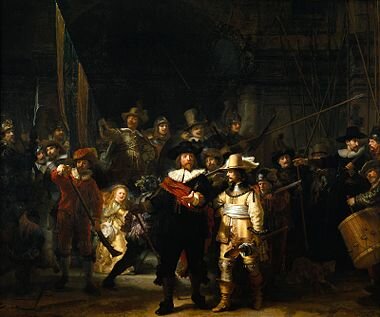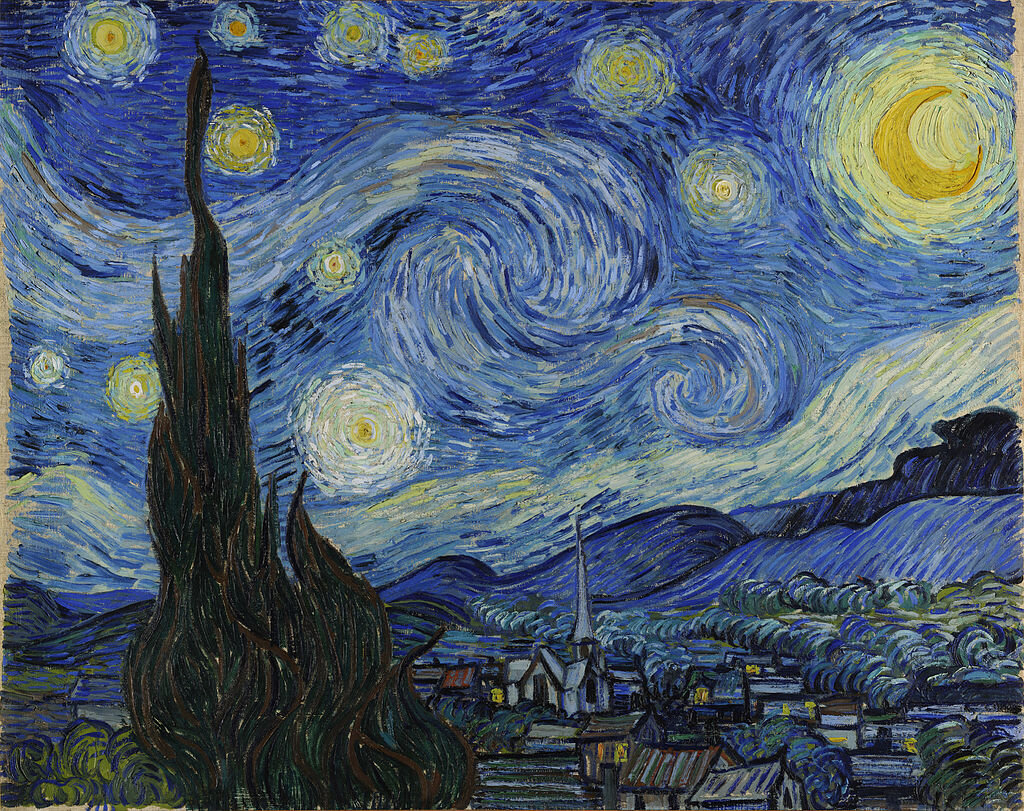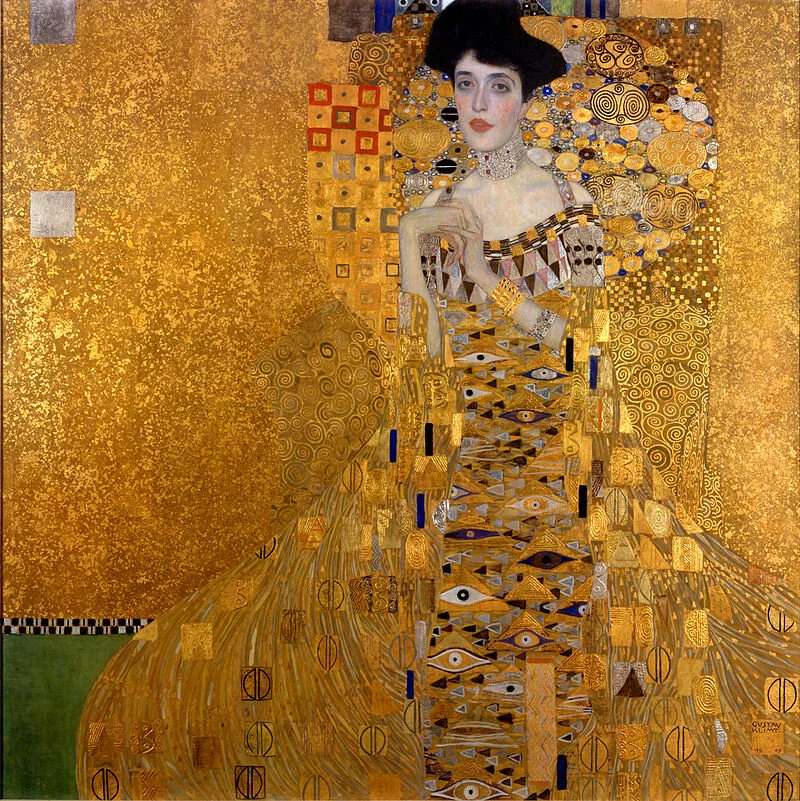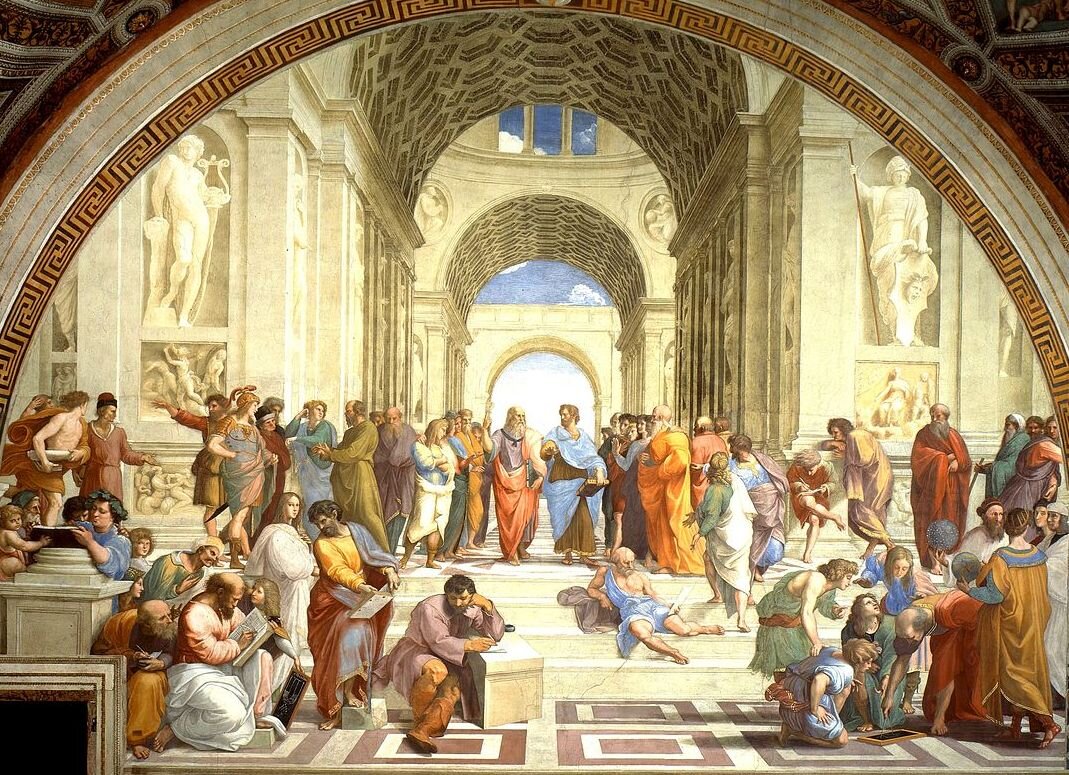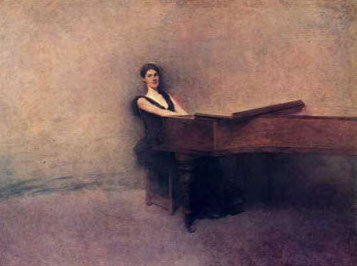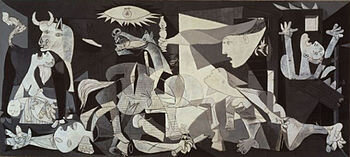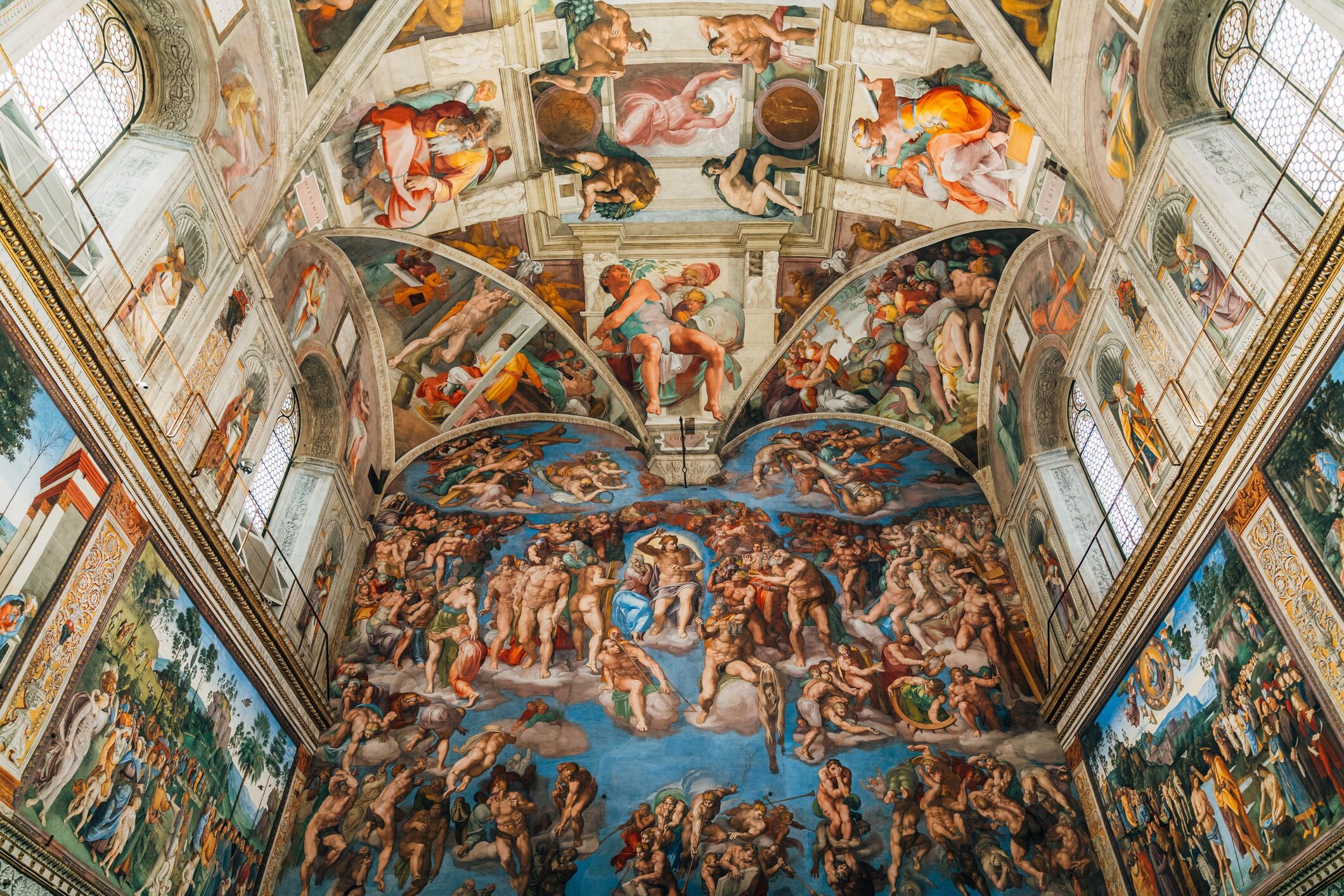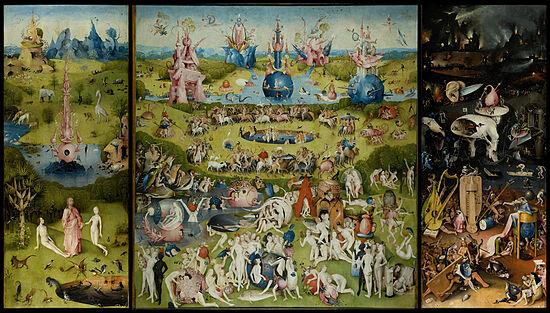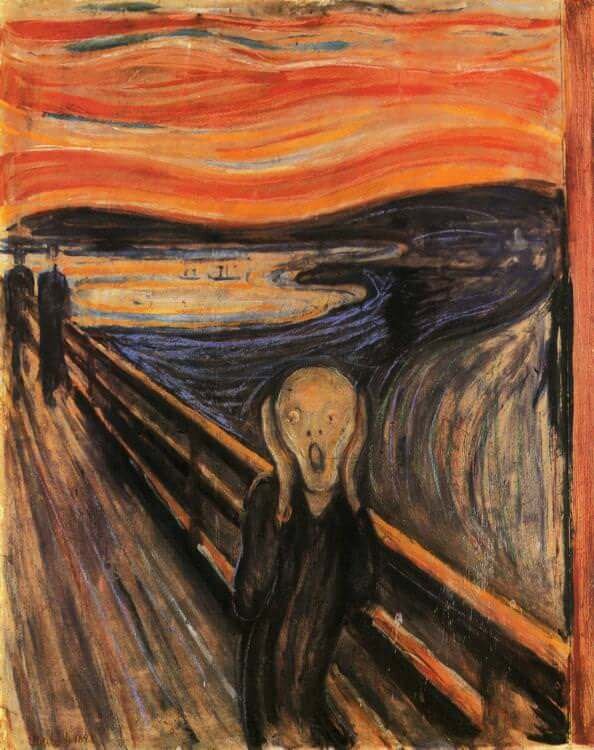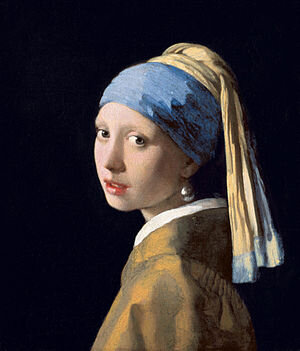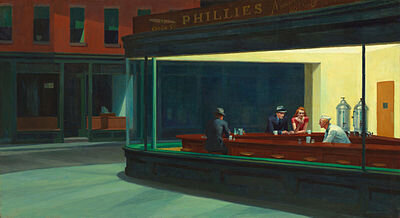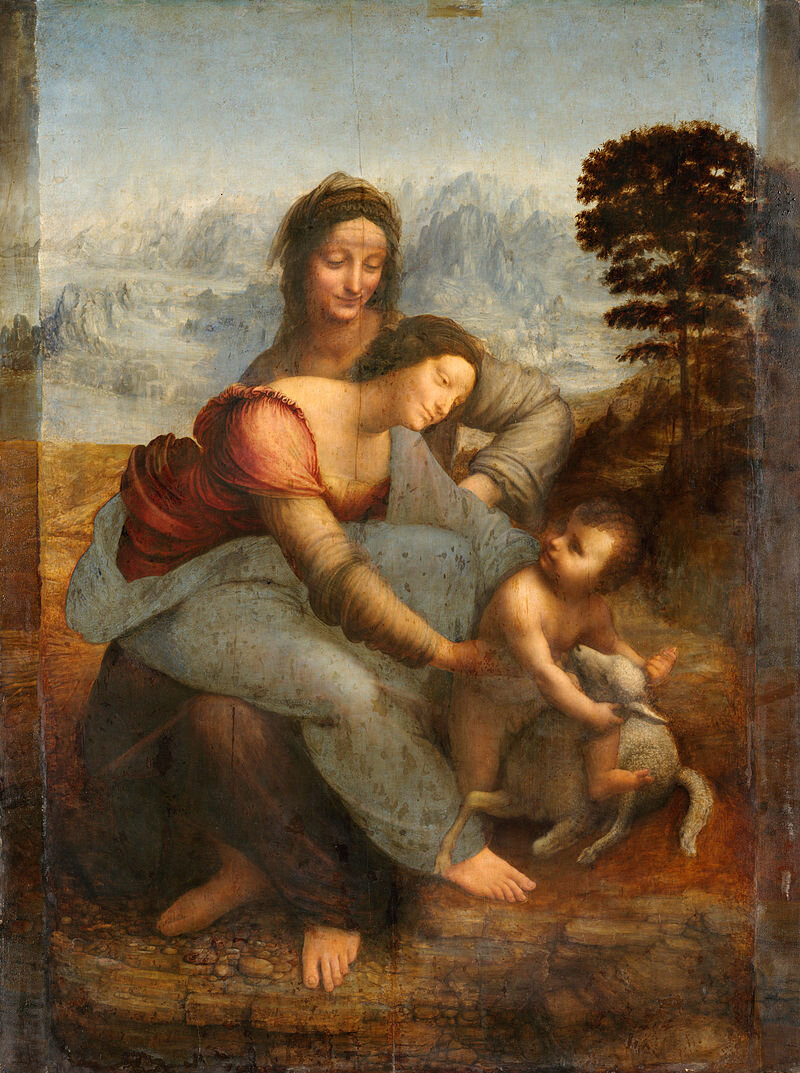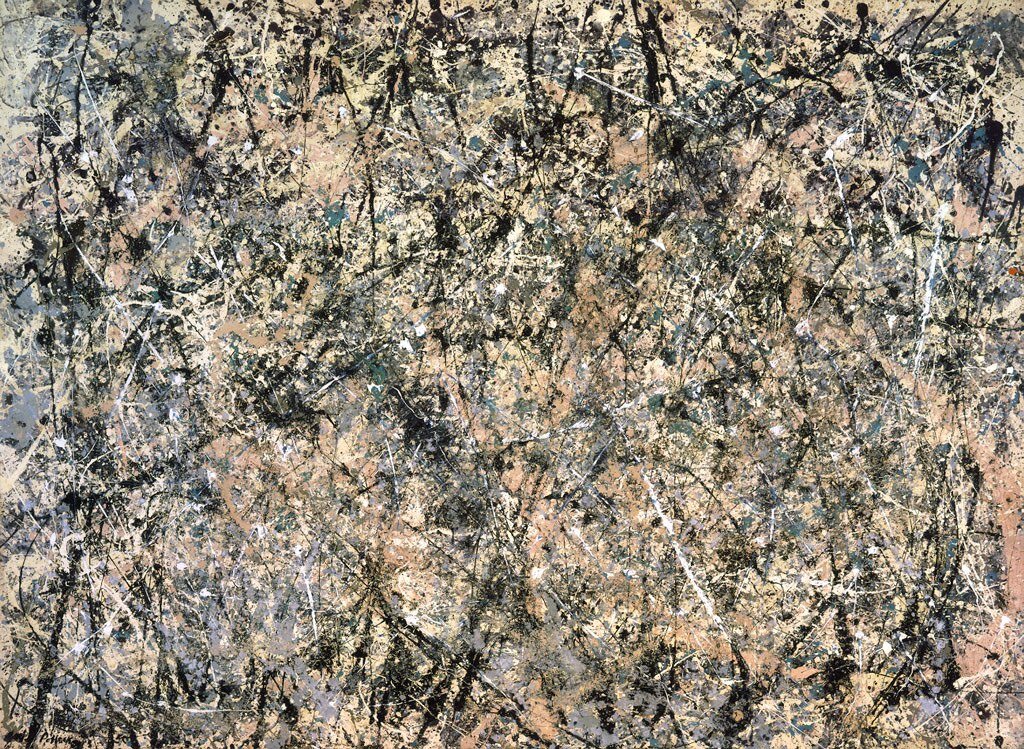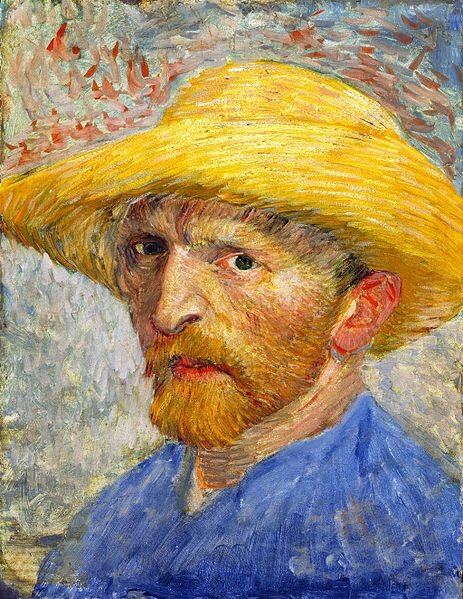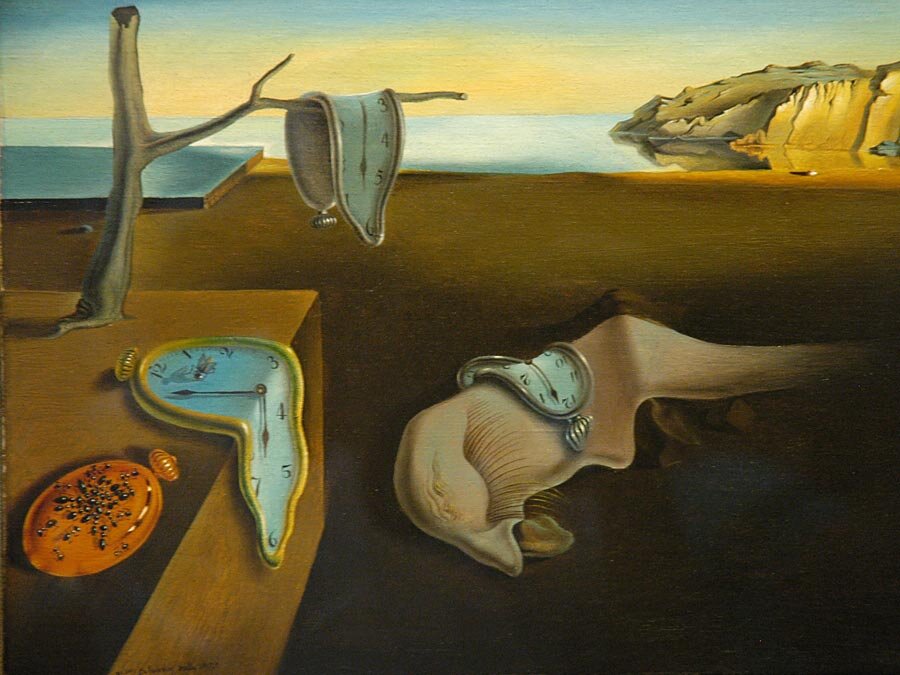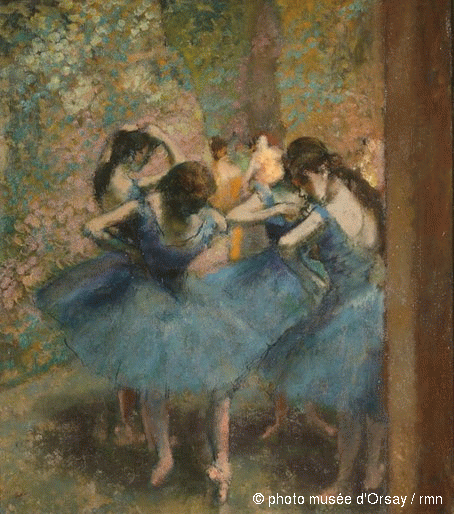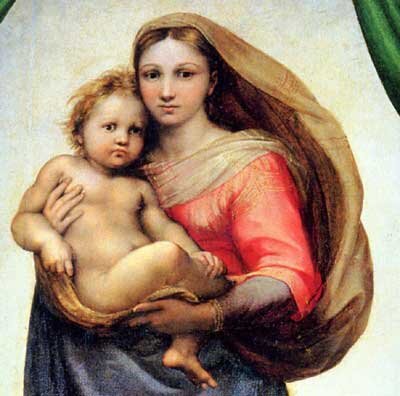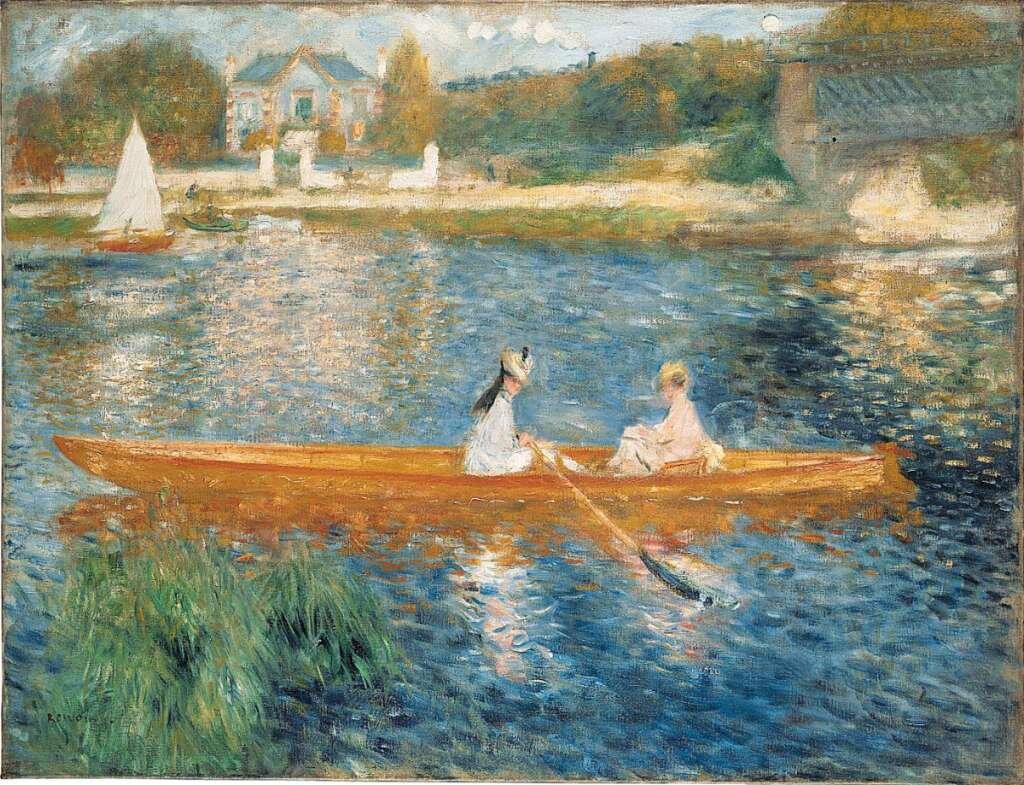YouTube video here; written blog version with even more tips below!
Writing and the visual arts may seem different, but they both tell stories…
I’ve studied art my entire life: I took my first art class when I was in kindergarten (in Miss Jeannie’s garage), have a bachelor’s degree in Fine Arts from Vanderbilt University, studied art in Italy, have written whole novels about art history, and have sketched the Old Masters in the world’s great museums. I consider Michelangelo and Vincent and Pollock and O’Keeffe my dearest companions. They teach me about how to be a better artist — and storyteller — every day.
Here are the Top 10 Things Art has Taught Me About Writing
Show Don’t Tell
Might as well start with the obvious. When writing, it’s easy to tell the reader what’s going on, but visual artists don’t use words. They can’t. They must rely on what is happening — in a SINGLE FRAME. Just look at how Botticelli showed us the birth of a goddess; Emanuel Leutz told the story of Washington crossing the Delaware; and Leonardo captured the moment Jesus SAID: “One of you will betray me!” at the Last Supper — someone SPOKE and Leonardo still didn’t use words. Writers, I implore you to spend time looking at paintings and sculptures – see how artists use specific imagery and details to tell their stories. Study how artists show, never tell. This old, cliched lesson will suddenly sink in — in a whole new way.
Start with an Outline
I know some writers sit down, write “Chapter 1,” and go, and maybe that works for some, but art has taught me the importance of an outline. No great sculptor would chisel into a piece of marble without a drawing or model to guide them, and no great painter would sit down in front of a canvas without working on the composition first (well, unless you’re Jackson Pollock). Great artists take time to plan their compositions. Even the geniuses of the Renaissance — Michelangelo, Leonardo, Raphael — outlined FIRST. Before I begin a novel or screenplay, I spend months researching and outlining. Only then am I ready to take that composition to the page…
Don’t Force It, Find It
However, don’t be married to that outline. Michelangelo sketched and drew and planned and modeled before beginning any statue, but once he was carving, he let the stone dictate the path of his chisel. “Carving is easy, you go down to the skin and stop,” he famously said. Another way he said it (and the way I prefer to think of it): “Every block of stone has an angel living inside of it, and it is the task of the sculptor to set it free.” So, outline, yes, but then put it away and let your story take you where it needs to go. If you trust your story, like Michelangelo trusted his marble, you could end up with a masterpiece.
Pick a Pallette
Look at the difference in the color pallets of Van Gogh’s Starry Night, Rembrandt’s Night Watch, and Klimt’s Portrait of Adele Bloch-Bauer. Each artist chose a pallet of colors and STUCK WITH IT throughout the composition. As a writer, you need to pick your pallet (a writer’s pallet is your tone, genre, writing style) and stick with it throughout the piece. (Feel free to pick a different pallet for a different story – all the artists above certainly did). If you stick to your pallet of words, tone, and rhythm, your material will be an organic whole – and the story, no matter how wild, will hold together.
Consider Balance
All visual artists focus on the concept of balance. Painters like Raphael in his School of Athens worked to achieve a perfect balance while others, like Thomas Dewing with his The Piano, strive to upend it. I think all writing would benefit from considering balance, too. Does your opening balance out your ending? Is there balance between description and dialogue? Or does your story require an imbalance of light and dark, good and evil, time and space…? Your writing will improve just by considering the question…
Keep It Interesting
This, perhaps, is the biggest – and most fundamental — lesson I learned from art. Boring picture? No one will look at it for very long. Artists keep the visuals interesting – the eye darts around, trying to take everything in. If you make your STORY as interesting as Michelangelo’s Sistine Ceiling, Picasso’s Guernica, or Hieronymus Bosch’s Garden of Earthly Delights, your readers won’t be able to put your book down.
Find the Humanity
Artists are masters at pulling us into the psychology of their subjects. Munch, Vermeer, Hopper – they all draw you into a very human story. Don’t we all FEEL like The Scream sometimes? Or as eager to connect as the Girl in the Pearl Earring? Or as lonely as the Nighthawks? Great art can teach you how to draw your audience in and touch them on a basic, emotional level. First and foremost, all art — whether painting, sculpture, film, photography, writing — shows us what it’s like to be human.
Copy the Old Masters
People give me flack for this piece of advice all the time, but I stand by it: Apprentice artists are taught to copy the Old Masters – first learn to draw like Leonardo; use color like Titian; manipulate paint like Rembrandt. Before you can find YOUR style, you must become a master of what has come before. Writers shy away from this step, and I don’t know why. It’s invaluable practice. Write a story like Bronte. Another like Hemingway. Challenge yourself to write like Gertrude Stein or e.e. cummings. You won’t LOSE yourself by copying others. You will learn to write like a master.
THEN Develop a Distinctive Style
After you have copied your way to mastery, learn to trust your OWN voice. When we walk into a museum, my husband makes me identify the artist before I see the name. Often, I am right. Not because I am so smart, but because usually it’s easy, isn’t it? A Van Gogh looks very different from an O’Keeffe or Dali. It’s impossible to confuse them. In your writing, hone your own style. People will read your work because of the way YOU see the world. YOU are unique. THAT is your biggest gift. Yes, copy other writers in order to learn, but eventually, don’t be afraid of being YOU.
Make It Beautiful
THIS is the best lesson to me. Artists – first and foremost – aim for BEAUTY. Art is all about the aesthetic THING. As a writer, don’t forget to reach for the beautiful in your imagery, language, story, even characters… Don’t forget to find the beauty in you.
I’ve shown you some of my favorite works of art in this post, now it’s your turn. Go — look up pieces of art you love, things YOU find beautiful — and let them inspire you to make your writing a thing of beauty.
